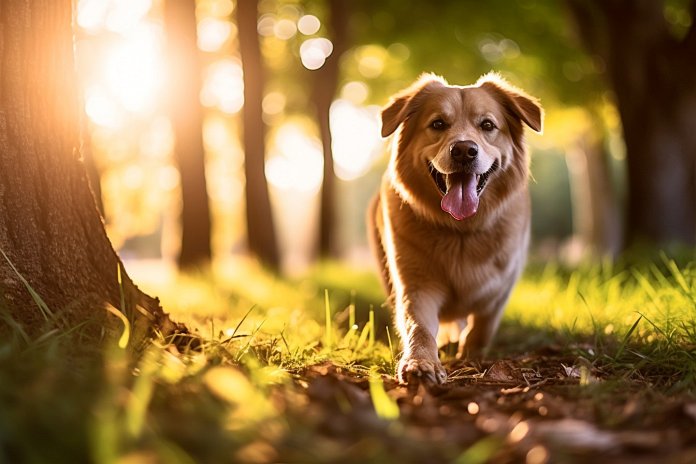
Just as we can feel the ground with our feet, dogs can feel with their paw pads. However, their paws are tough and calloused from walking on various surfaces, so they may not be as sensitive as our feet. Still, it’s important to look out for signs that your dog’s paw pads are uncomfortable or injured.
Signs Your Dog’s Paw Pads are Uncomfortable
Dogs walk on all types of surfaces without protection, which can cause wear and tear on their paw pads. If your dog is limping, favoring one paw, licking or chewing their paws excessively, or showing signs of pain, their paw pads may be bothering them. Checking for visible signs of injury and observing their body language can help identify the issue.
Body Language
Some signs of discomfort due to paw pad issues include whining, chewing, weakness, whimpering, biting, and excessive licking.
Other Signs
Other signs that your dog’s paw pads may be bothering them include not wanting to run or walk, bleeding paws, signs of injury on their paw pads, and limping.
History of Dog Paw Pads
Dogs have a dewclaw on their legs, which is still a mystery in terms of its purpose. It is believed to be a remnant of thumbs that were part of the canine evolution. Wolves, whose paws are tougher and protected by coarse hair, have even tougher paw pads. Domesticated dogs have less hair on their paws but still have fatty and thick pads.
Science Behind Dog Paw Pads
Dog paw pads are made of connective tissue, fat, and tough skin, allowing them to walk on various surfaces. Dogs that spend more time outside and on hikes tend to have tougher paw pads and less sensitivity. Smaller dogs with softer pads may be more sensitive to hot, cold, and hard surfaces.
Protecting Your Dog’s Paw Pads
Since dogs can feel their paw pads, it’s important to take care of them to prevent injuries. In winter, keep their paws free from excess hair and remove snow and road salts by wiping their paws with gentle soap and warm water. Booties and paw protecting balm can also be used. In summer, avoid walking them on hot pavement and check if it’s too hot by placing your palm on it. After walks, examine their paws for scratches or debris.
“Proper protection is necessary to ensure your dog’s paw pads stay healthy and comfortable.”

Tips & Things to Know
1️⃣ Pay attention to signs of discomfort: Keep an eye out for signs that your dog’s paw pads are uncomfortable or injured, such as limping, excessive licking or chewing, bleeding, or hesitancy to walk or run on certain surfaces. It’s important to identify these signs and address them promptly to prevent further pain or damage.
2️⃣ Check your dog’s paws regularly: Take the time to inspect your dog’s paws after walks or outdoor activities. Look for visible signs of injury, such as cuts, scrapes, or debris stuck in their paw pads. If your dog shows aversion to having their paws touched, it could be a sign of discomfort.
3️⃣ Protect your dog’s paw pads: Take steps to protect your dog’s paw pads from extreme temperatures and rough surfaces. In the winter, remove excess hair from their paws to prevent buildup of snow and ice. After walks in winter or summer, clean their paws to remove salts, chemicals, or debris. Consider using booties or paw protecting balm to provide additional protection. In the summer, be cautious of hot pavement and avoid walking them during the hottest times of the day.
Frequently Asked Questions, Answered ✅
1. How does walking on different surfaces affect a dog’s paw pads?
– Walking on different surfaces can toughen a dog’s paw pads, making them less sensitive to sensations.
2. What are some signs that a dog’s paw pads are uncomfortable or injured?
– Signs include limping, excessive licking or chewing of the paws, bleeding, and hesitancy to walk or run on hard surfaces.
3. What is the purpose of a dog’s dewclaw?
– The purpose of the dewclaw is still unknown, but it is believed to be a remnant of thumbs that never fully disappeared during evolution. Dogs mainly use it to grip bones and toys.
4. Are all dog breeds’ paw pads the same?
– No, different dog breeds can have varying degrees of hair on their paws, with some breeds having little to no hair, making their paw pads less protected and more sensitive.
5. How can dog owners protect their dog’s paw pads?
– Dog owners can protect their dog’s paw pads by keeping them free from excessive hair, wiping them off after walks, using booties or paw protecting balm, and being cautious of hot pavement in the summer.